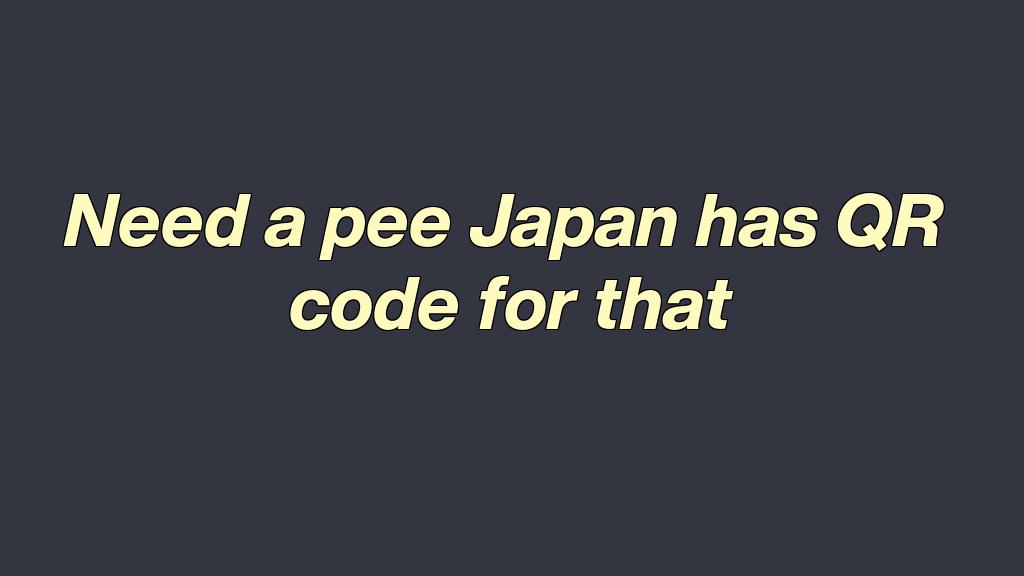TOKYO, Japan — Japanese toilet giant TOTO has launched a service allowing those caught short in public to locate the nearest washrooms and see how busy they are real-time with a phone and QR code.
Japan, like other countries, struggles with managing long queues outside public toilets, particularly for women, in its teeming train stations and other places.
The system launched this month by TOTO — famous for its water-spraying, musical toilets — links consumers up with existing internet-connected facility management systems.
This was developed to automatically notify facility staff if a particular cubicle is dirty or occupied for an unusually long time.
Need a pee? Japan has QR code for that

Now users can scan a QR code with their phones to access a website showing restroom locations and live congestion levels.
"In addition, a QR code inside a restroom stall brings you to a website where a user can report problems, like being unable to flush or something broken," TOTO spokesman Tasuku Miyazaki told Agence France-Presse on Thursday.
The service is multi-lingual and available in English, Chinese and Korean.
The government is also trying to relieve the problem of long queues for women, with the transport ministry seeking extra funds in the budget for the coming fiscal next year.
These will be used to set up digital signage displays and movable toilet walls that can increase the number of stalls for women, according to local media.
, This news data comes from:http://fp-arqb-orr-fb.052298.com
- Trump moves to end US tariff exemption for small packages
- SSS pension reform program starts in September
- Putin meets Kim, praises North Korean troops in Russia
- Duterte party's acting chairman charged at Sandiganbayan over Malampaya project
- Super Sale: Pag-IBIG offers 40% off on foreclosed assets
- Mass housing developers laud Pag-IBIG Fund
- DBP launches P50M program for education
- South Korean prosecutors indict Yoon's wife, former PM
- Thai PM Paetongtarn Shinawatra sacked; new turmoil feared
- North Korea test-fires two 'new' air defense missiles